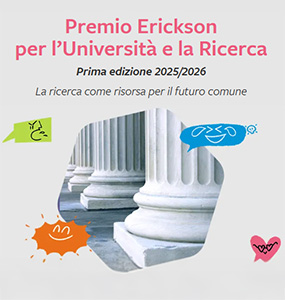Inclusion through space
Francesca Caprino, Stefania Chipa, Alessandra Galletti, Giuseppe Moscato, Lorenza Orlandini, Silvia Panzavolta
In Italy, inclusive school environments have been almost exclusively linked to the fact of bypassing architectural barriers. However, an accessible, safe environment is not enough. The quality of the space has an impact on learning, well-being, and behavior. Since 2013, with the issue of Technical standards: guidelines for school buildings 2013, and later with the Manifesto 1+4 educational spaces for the new millennium, INDIRE research has highlighted how learning environment plays a crucial role in creating the best conditions for all students, regardless of their «fragility», so that each of them can experience meaningful, deep learning opportunities. In 2019, together with the Regional School Office for Tuscany, INDIRE launched the training course Inclusive learning environments addressing both curricular and special needs teachers, in order to make them aware of the importance of inclusive design of learning environments. One of the course tools — the questionnaire taking into account the ICF (International Classification of Functioning, Disability and Health) dimensions — allowed teachers to reflect on the importance of the design of spaces/furnishings/education activities in enhancing student participation. The tool was perceived as a sort of «compass point» in designing inclusive environments, in line with the Universal Design for Learning principles.
Keywords
Learning spaces, Inclusion, Educational innovation, Teacher professional development, Educational research.


